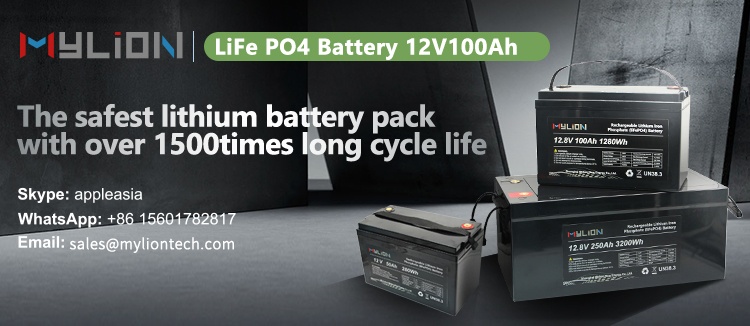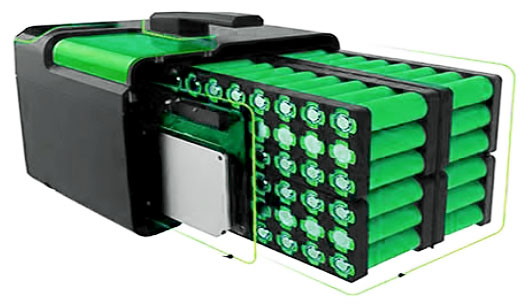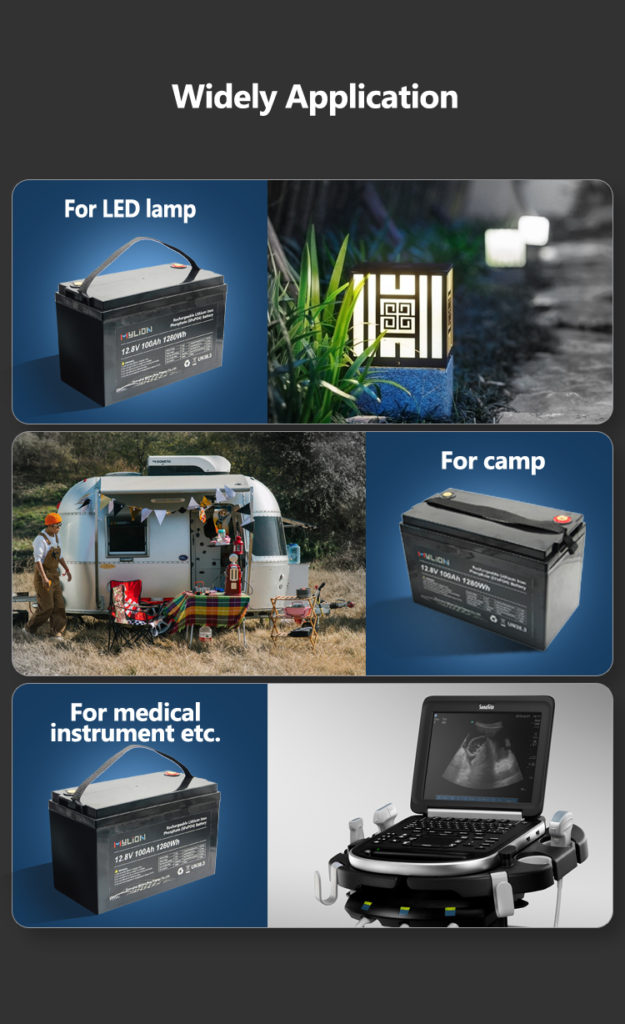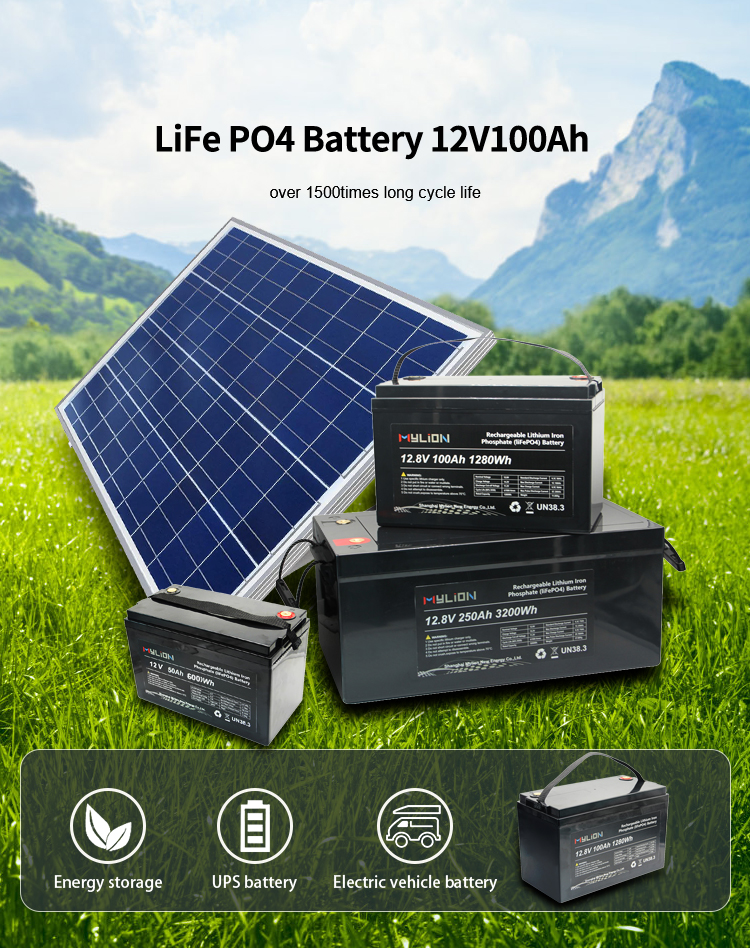
Core functions of BMS
1) Cell monitoring technology
1. Single battery voltage collection; 2. Single battery temperature collection; 3. Battery pack current detection;
The accurate measurement of temperature is also very important for the working status of the battery pack, including the temperature measurement of a single battery and the temperature monitoring of the heat dissipation liquid of the battery pack. This requires a reasonable setting of the location and number of temperature sensors to be used in order to form a good cooperation with the BMS control module. The monitoring of the temperature of the cooling liquid of the battery pack focuses on the temperature of the fluid at the inlet and the outlet, and the selection of monitoring accuracy is similar to that of a single battery.
2) SOC (State of Charge) technology: Simply put, how much power is left in the battery
SOC is the most important parameter in BMS. Because everything else is based on SOC, its accuracy and robustness (also called error correction capability) are extremely important. If there is no accurate SOC, no amount of protection functions can make the BMS work normally, because the battery will often be in a protected state, and it will not be able to extend the life of the battery.
The higher the accuracy of the SOC estimation accuracy, the higher the range of the electric vehicle for the battery of the same capacity. High-precision SOC estimation can maximize the efficiency of the battery pack.
3) Equalization technology
Passive balancing generally uses resistance to release heat to release the “excess power” of high-capacity batteries, so as to achieve the purpose of balancing. The circuit is simple and reliable, and the cost is low, but the battery efficiency is also low.
During active balanced charging, the excess power is transferred to the high-capacity battery cell, and the excess power is transferred to the low-capacity battery cell during the discharge, which can improve the use efficiency, but the cost is higher, the circuit is complicated, and the reliability is low. In the future, as the consistency of batteries increases, the demand for passive balance may decrease.
Misunderstanding about BMS
1) The more features the better. The functions can meet the needs, not the more the better, the simpler the system, the higher the reliability.
2) Pursue the acquisition accuracy of parameters such as voltage or temperature deliberately. The reason is as above, the accuracy is enough to meet the needs, too high accuracy will not necessarily bring about the improvement of BMS performance, on the contrary it will increase the cost.
3) BMS can repair batteries with poor performance. BMS cannot repair poorly-performing batteries, at best, it can slow down its deterioration and suppress its impact.
4) Equalization can solve the inconsistency of the battery’s own capacity. Separate charge equalization or discharge equalization does not significantly improve the capacity difference, and only high-current discharge equalization can improve the capacity inconsistency.
5) Blindly pursue the consistency of charging or discharging cut-off voltage. For a BMS with only charge equalization or discharge equalization, blindly pursuing the end of the cut-off voltage consistency is meaningless. It is only necessary to study the consistency of the terminal cut-off voltage when there is a high-current charge and discharge balance at the same time.








